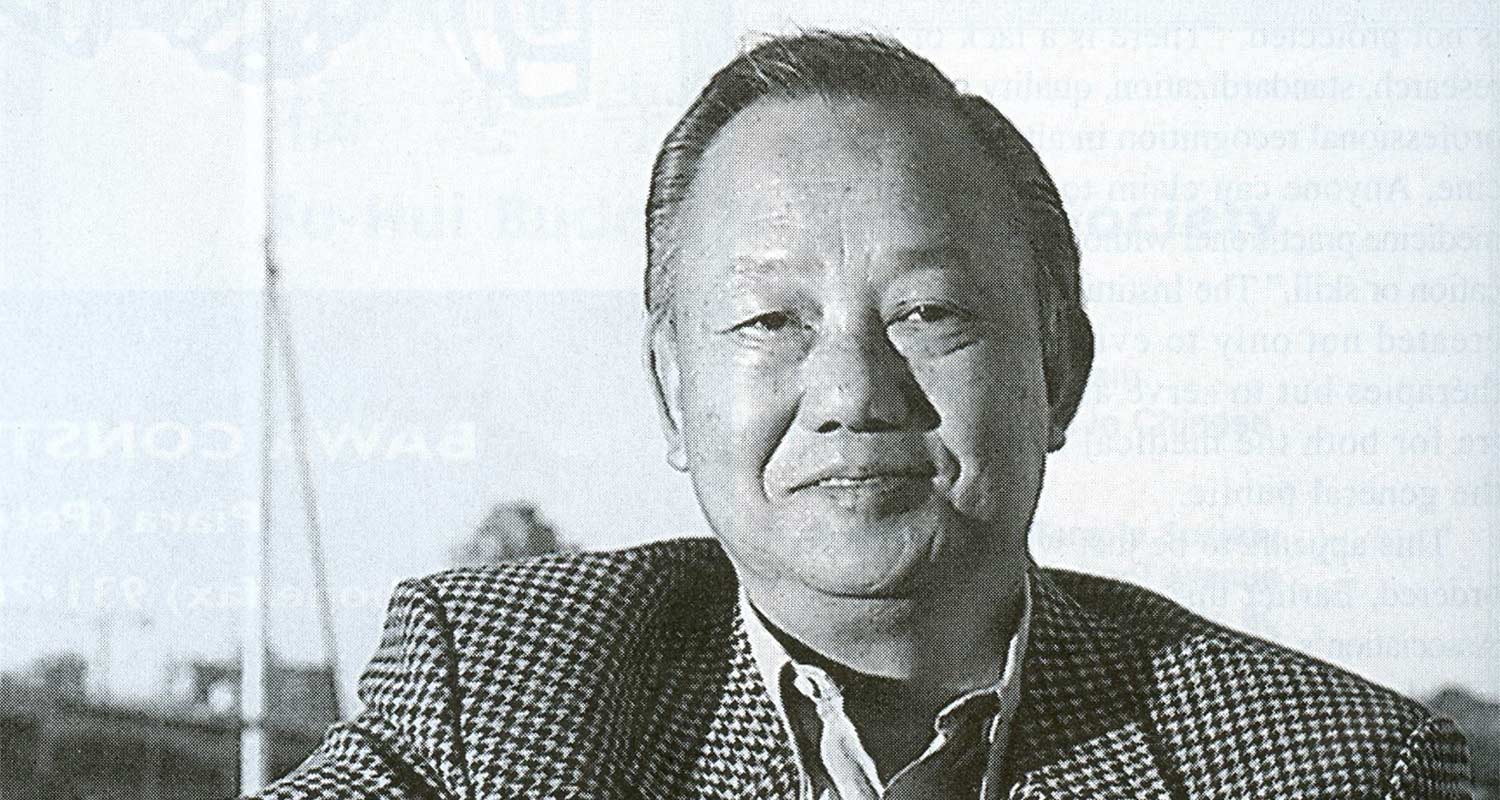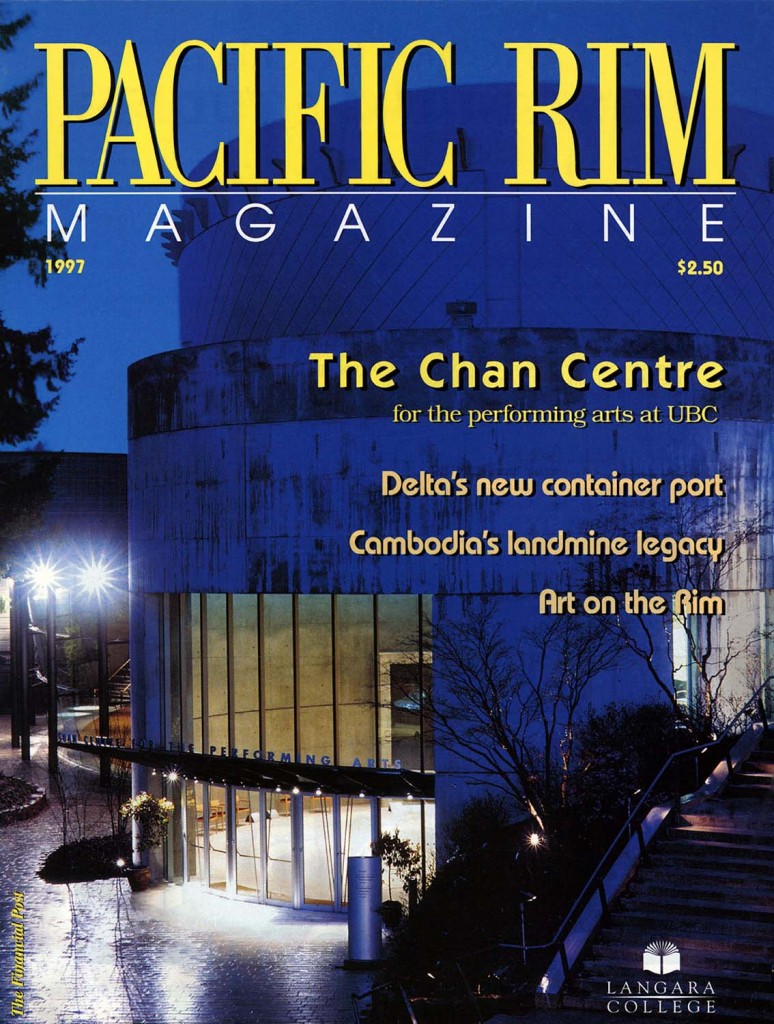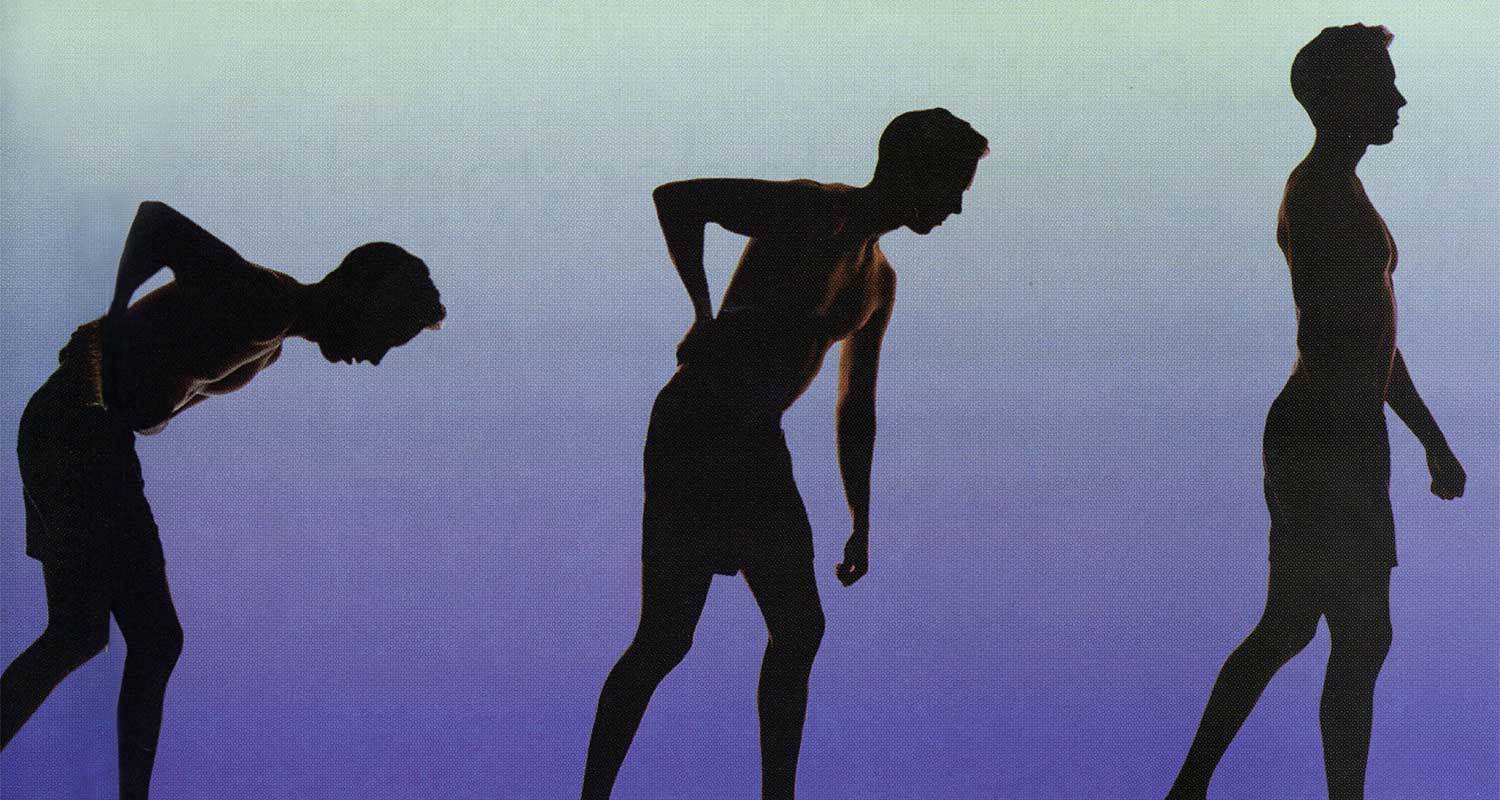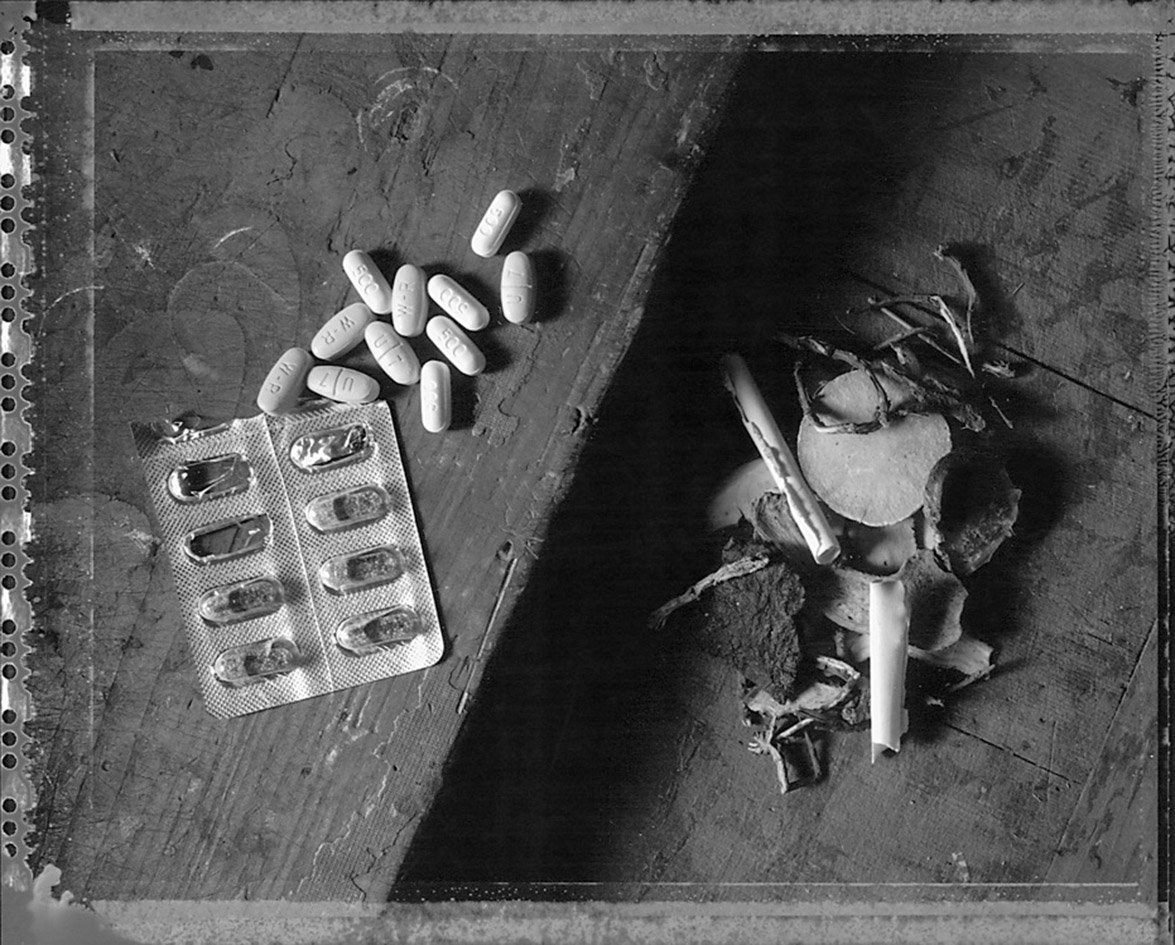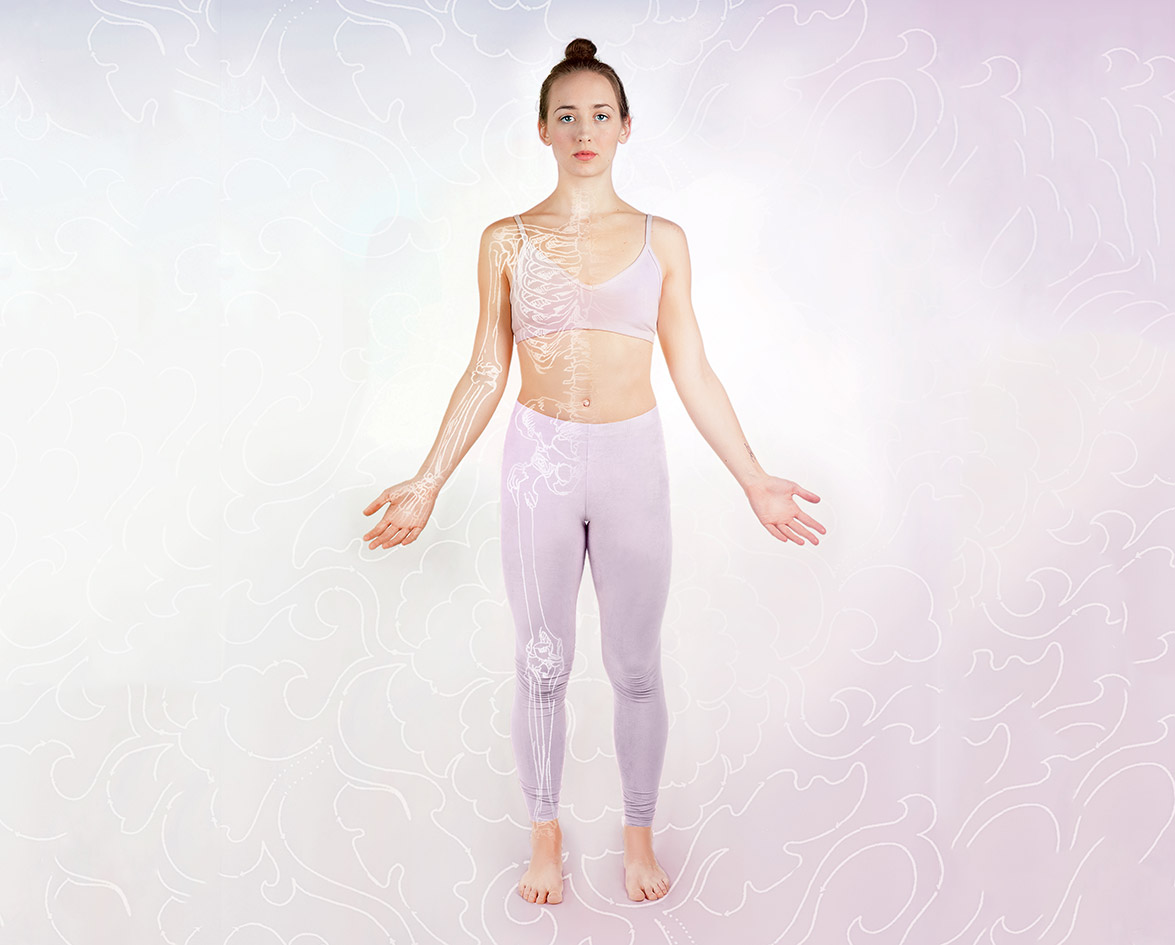Sandy Chan was a new mom. The fatigue, she believed, was part of the deal-along with messy feedings and wet diapers. But when she woke one morning to find hives all over her legs, she knew something was wrong. Several specialists later, Chan was diagnosed with primary biliary cirrhosis-a rare, untreatable and sometimes fatal liver disorder characterized by progressive degeneration of the liver. The usual prognosis is destruction of the liver within 2 to 10 years. Chan remembers, “As I left the doctor’s office, he recommended an ointment for the hives. It was not enough,” she says. “I wanted to do something to help myself. I needed some hope.”
Tzu Chi Institute For Complementary And Alternative Medicine
“That’s why we built the Institute,” states Dr. Wah Jun Tze, president and founder of the Tzu Chi Institute for Complementary and Alternative Medicine, which opened in October of last year at Vancouver Hospital. “People are not happy with our present healthcare system. Western medicine has its limitations.” Explains Dr. Tze, “I’ve had a unique opportunity to see many different healthcare systems at work.
Dr Tze View On Western Medicine
Schooled in Western medicine (Dalhousie and Harvard) and internationally recognized for his work as a pediatric endocrinologist, diabetologist and researcher, Dr. Tze has encountered a medley of medical approaches while working as a child-health advocate. “I’ve travelled to many countries and observed a variety of traditional therapies,” he says. But with almost 70 visits to China in the last dozen years, Dr. Tze admits he is especially familiar with traditional Chinese medicine. “I’ve examined their patients and questioned their doctors. Over time many of my perceptions changed.”
Perhaps the growing interest in alternative therapies is a result of changing patient expectations. According to Dr. Tze, people are becoming more involved in their own healthcare. They want more information and options. “Patients are not satisfied with merely managing their symptoms; they also expect a reasonable quality of life,” he says. Quality of life, side-effect issues and treatment options are concerns Western medicine has been slow to address. “We’ve done everything we can,” is a medical death sentence many patients are unwilling to accept. They demand treatment options, emotional support and, most of all, hope. “Patients want this kind of healthcare and when you increase consumer demand, you can expect government, media and politicians to pay attention,” continues Dr. Tze.
Varied Groups Attend The Opening Of The Institute
Pay attention they have. When the Tzu Chi Institute opened on October 21, 1996, the list of dignitaries attending the ceremony looked like a who’s who of the medical community. Standing on the podium were representatives from the World Health Organization, the B.C. Medical Association, the B.C. College of Physicians and Surgeons, the BC Cancer Society and several hospitals, along with Health Minister Joy McPhail and Premier Glen Clark. It was, by anyone’s standards, a formidable display of medical and political might.
But what brought the community elite to the opening of an alternative medicine centre may be as varied as the groups themselves.
With a $50,000 grant and a position on the board of directors, the Canadian Cancer Society (BC and Yukon Division) hopes its partnership with the Institute will lead to new safe and effective treatments. “Approximately one-half of cancer patients use complementary therapies, often without advising their physicians,” notes Barbara Kaminsky, society CEO, in the June issue of Cancer Research News.
Concerns For The Public
The representatives of the College of Physicians and Surgeons may have attended the opening for another reason. “Our job is to protect the public and ensure physicians follow treatment guidelines,” says Dr. Morris Van Andel, deputy registrar of the College. “We haven’t received many complaints regarding the use of alternative therapies, but that’s completely understandable,” he continues. “If you bet on a race horse and lose, it’s unlikely you’ll complain. After all, you made a choice.”
Dr. Van Andel suggests that provided physicians “do no harm” alternative therapies are acceptable when used to supplement standard procedures, or in the absence of an acceptable mainstream treatment. “We support the Institute, as long as they do what they say they are going to do,” he adds. Van Andel believes we need detailed scientific studies to prove the safety and efficacy of these treatments. “I hope they are effective. Why wouldn’t I?” he asks.
Dr. Tze concedes that presently the public is not protected. “There is a lack of proper research, standardization, quality control and professional recognition in alternative medicine. Anyone can claim to be a traditional medicine practitioner without appropriate education or skill.” The Institute, he stresses, was created not only to evaluate alternative therapies but to serve as a resource centre for both the medical community and the general public.
This appears to be just what the doctors ordered. Earlier this year, the BC Medical Association’s Alternative Therapies and Allied Health Committee polled 7,500 B.C. physicians to determine their interest in alternative medicine. The majority of physicians requested information on nontraditional therapies.
“We tell physicians to be honest; they don’t have to be experts in alternative medicine,” says Dr. Dixon-Warren, the chair of the committee. “We encourage physicians to support their patients as individuals and the individual choices they make. Physicians don’t have to have all the answers,” he acknowledges, “we’re not omnipotent.”
Proper Diagnosis Is A Necessity
However, Dixon-Warren argues that proper diagnosis is a legitimate concern with alternative medicine. “The basis of good medicine is a good diagnosis and Western medicine is clearly focused in this area,” he continues. “We also have concerns around the issue of informed consent. Patients need to understand the benefits, side effects and possible complications of any procedure they undertake. And with some alternative therapies, I don’t think they do.”
The Distinction Between Western And Traditional Chinese Medicine
Ultimately, the distinction between Western and traditional Chinese medicine rests on more than the inclusion of particular therapies and procedures. Rather, it extends to the philosophical axioms from which each is founded. The holistic or traditional model assumes a mind, body and spirit integration-all aspects of which must be addressed for healing to occur. It is believed that diseases can be cured, but people require healing. In other words, a flu or cold may suggest a person’s immune system is compromised, so a remedy is prescribed.
But the medical intervention does not stop there. Why is the immune system weak? Are there nutritional or other lifestyle factors that can be modified to strengthen the individual’s ability to fight germs? Western medicine, on the other hand, with all its expensive machinery and high-tech procedures, attempts to cure or fix the disease or condition. Sometimes this clinical approach can leave the patient feeling fragmented and wounded.
Balancing The Two Forms Of Treatment
“Medicine is out of balance,” concedes Dixon-Warren. “I guess if you don’t have to worry about the science, you can give your patients other things.”
These other things, according to registered nurse and healing touch therapist Marylu Ryant include skills to enable patients to cope with their illnesses. “In addition to using conventional medicine, patients must contribute to their own healing,” she says. “For example, people who learn relaxation techniques can play an important role in managing their own pain and improving their quality of life. Patients who are active participants in their own healing do better,” Ryant asserts.
In other words, unlike the conventional focus on sickness and disease, complementary medicine’s emphasis is on wellness and health enhancement. As Dr. Tze puts it, “Pathogens, bacteria, viruses or whatever are better handled if the host is strong. The stronger the host, the better the defense mechanism.” A key component of traditional medicine is thus the promotion of exercise, diet and relaxation techniques to improve overall health and well-being.
Individual responsibility and wellness probably sound like cost-saving themes to any government. “I observed how China, with its limited resources, can maintain a relatively healthy population,” notes Dr. Tze, while pointing to the spiralling costs of our healthcare system and the obvious need to restructure it. Perhaps it was this engaging argument that brought both the Health Minister and the Premier to the official opening of the Institute.
Dr. Tze has, in fact, been able to create partnerships with several important teaching hospitals, institutions, associations and governing bodies, including the Buddhist Compassion Relief Tzu Chi Foundation. The foundation contributed a significant amount of money to fund the Institute. “I’m sharing my observations and experiences with good intentions,” says Dr Tze. “I’ve recognized a need and the potential usefulness of an idea. And people have been willing to support it.” He said his goal is to bridge the gap between the two healthcare systems. “Ultimately, I just want to make a difference in people’s health.”
After a three-month regime of Chinese herbal teas, Sandy Chan’s liver returned to normal. “In spite of a conclusive liver biopsy, I sometimes don’t believe I ever had this condition,” she claims. “You know, if either of my children were sick and Western medicine could not help them, I wouldn’t hesitate to use Chinese medicine again.”





